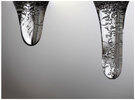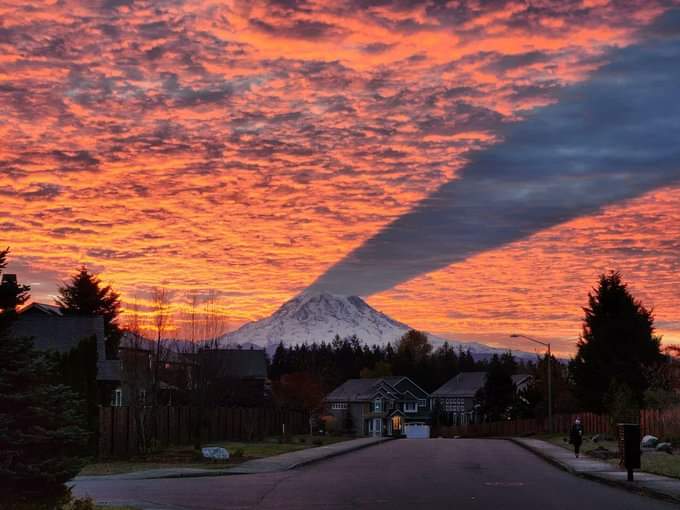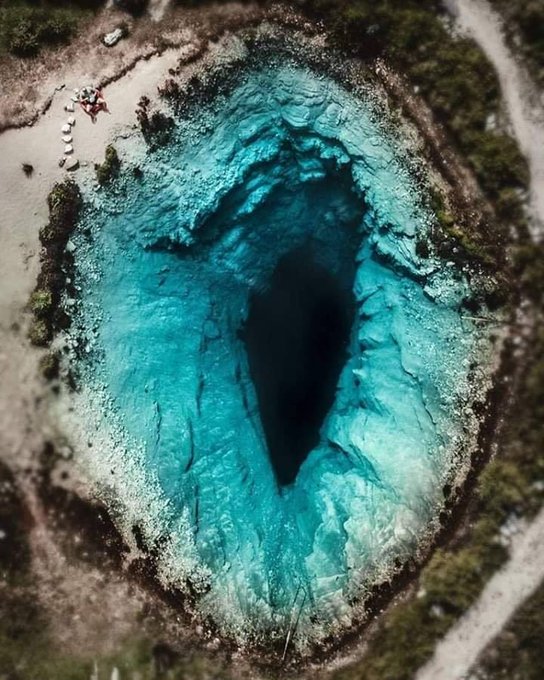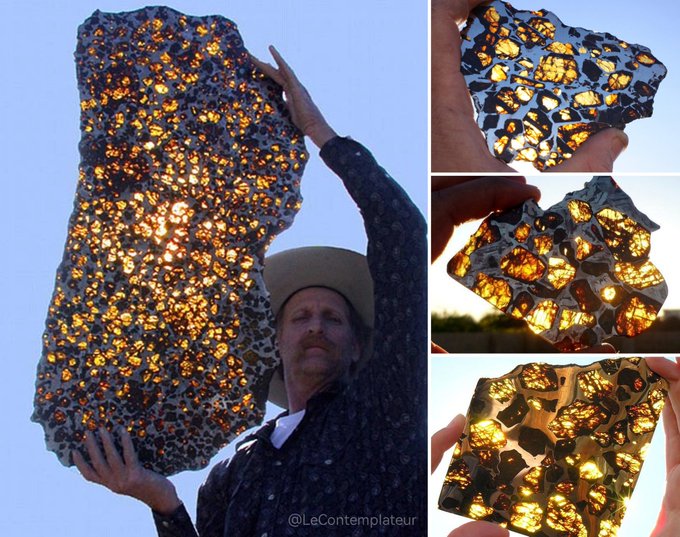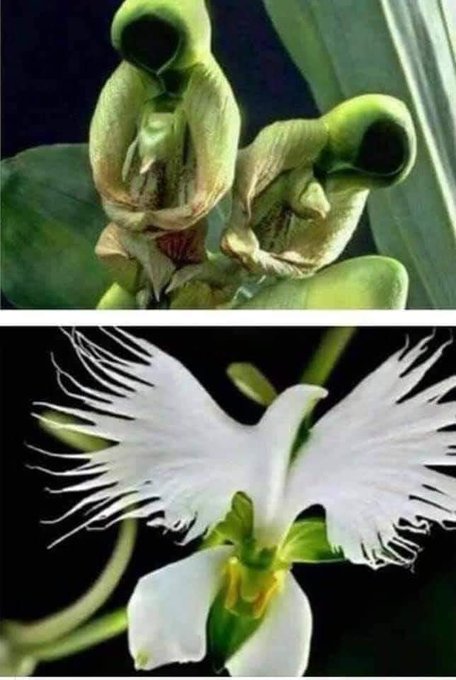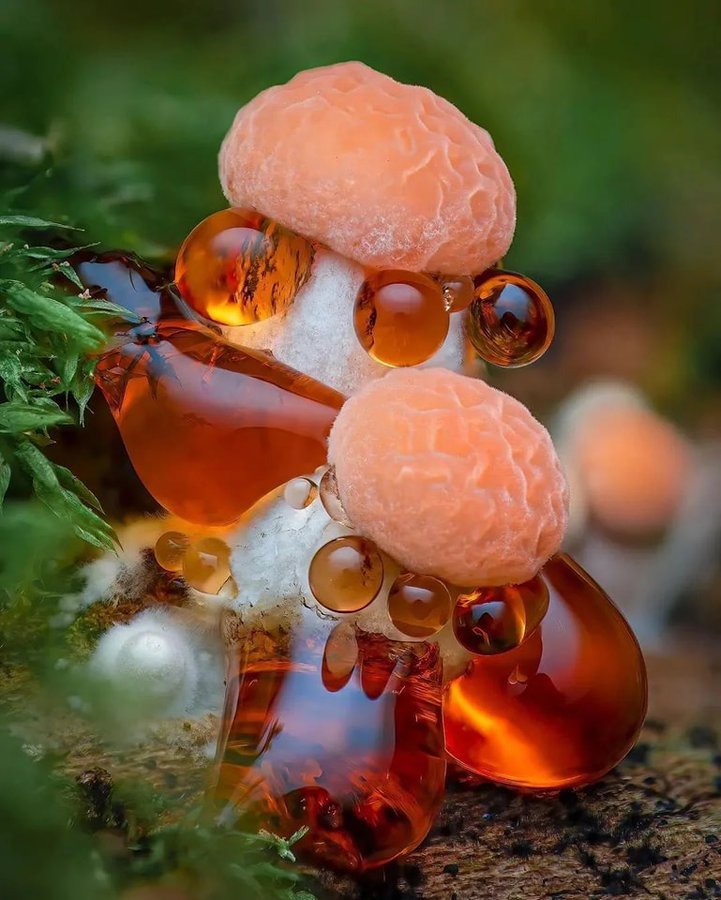L'Eucalyptus arc-en-ciel, autrement appelé l'arbre aux mille couleurs ! L’eucalyptus deglupta, dit eucalyptus arc-en-ciel, est un arbre sans pareil. Il est cultivé pour son tronc décoratif qui a la particularité de changer de couleur avec le temps ! Un arbre haut en couleur originaire des Philippines, de l'île de Mindanao plus précisément. Cette espèce s'est ensuite progressivement répandue en Polynésie française, en Nouvelle Guinée et en Nouvelle-Bretagne. Il est considéré comme un des arbres les plus beau du monde. Pourquoi une couleur arc-en-ciel ? L’eucalyptus arc-en-ciel a la particularité de perdre en permanence (et à différents moments) des bouts de son écorce, qui se détache en longs et fins lambeaux, dévoilant ainsi un tronc qui change de couleur avec le temps. D'abord vert pâle, puis bleu, violet, orange et enfin marron, son tronc est une mosaïque de couleurs donnant l'apparence d'un véritable arc-en-ciel ! On jurerait qu’un peintre y a essuyé ses pinceaux, mais ses couleurs sont bel et bien naturelles. “Degluptere” signifie d’ailleurs “peler” en latin. Chaque arbre perd à un rythme différent ses bouts d’écorce, ce qui fait que chaque eucalyptus arc-en-ciel a des motifs colorés différents. De même, chaque spécimen voit son écorce changer continuellement de couleur au cours de sa vie. Un véritable enchantement pour les yeux ! Cette variété d’eucalyptus est la seule (parmi plus de 900 espèces) à ne pas produire d’huile essentielle. L’eucalyptus arc-en-ciel a une croissance très rapide et peut atteindre jusqu’à 75 mètres de haut ! Sa vitesse de croissance est d’environ 3 m/an. Il est orné de fleurs blanches-jaunes rassemblées en panicules le long des branches. Ses feuilles, de forme ovale, sont persistantes. Bref, un arbre unique en son genre !
The Rainbow Eucalyptus, otherwise known as the tree of a thousand colors! Eucalyptus deglupta, known as rainbow eucalyptus, is a tree without equal. It is cultivated for its decorative trunk which has the particularity of changing color over time! A colorful tree native to the Philippines, the island of Mindanao more precisely. This species then gradually spread to French Polynesia, New Guinea and New Britain. It is considered one of the most beautiful trees in the world. Why a rainbow color? The rainbow eucalyptus has the particularity of permanently (and at different times) losing ends of its bark, which comes off in long, thin shreds, thus revealing a trunk that changes color over time. First pale green, then blue, purple, orange and finally brown, its trunk is a mosaic of colors giving the appearance of a real rainbow! You would swear that a painter wiped his brushes there, but its colors are indeed natural. “Degluptere” means “to peel” in Latin. Each tree sheds its bits of bark at a different rate, so each rainbow eucalyptus tree has different colored patterns. Similarly, each specimen sees its bark continuously change color during its life. A real delight for the eyes! This variety of eucalyptus is the only one (among more than 900 species) not to produce essential oil. The rainbow eucalyptus is very fast growing and can reach up to 75 meters high! Its growth rate is about 3 m/year. It is decorated with white-yellow flowers collected in panicles along the branches. Its oval-shaped leaves are evergreen. In short, a one-of-a-kind tree!

